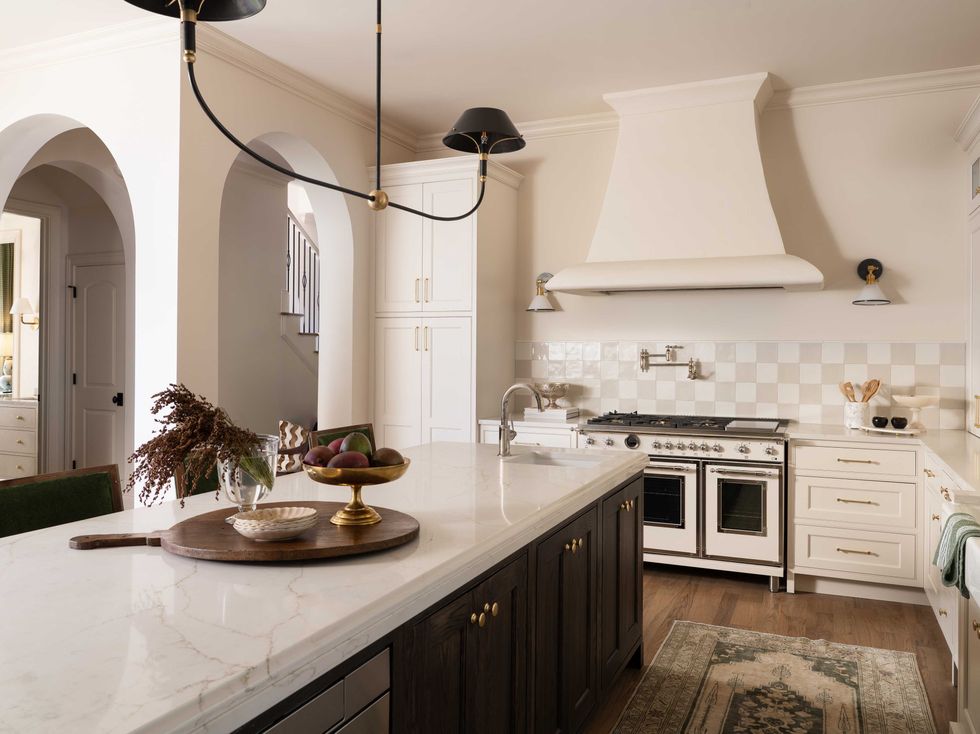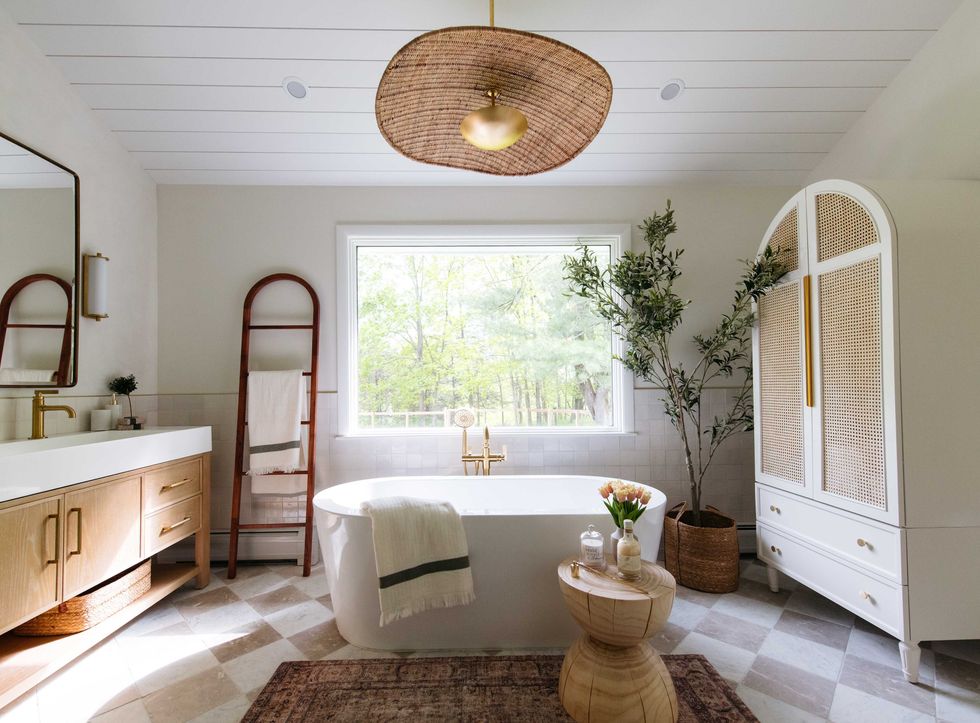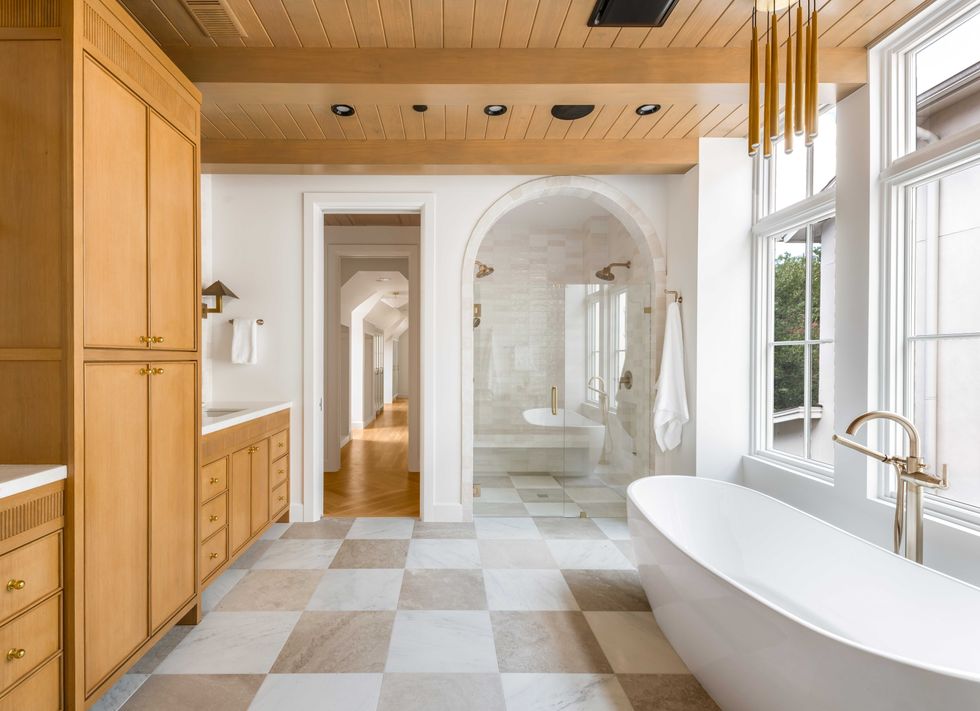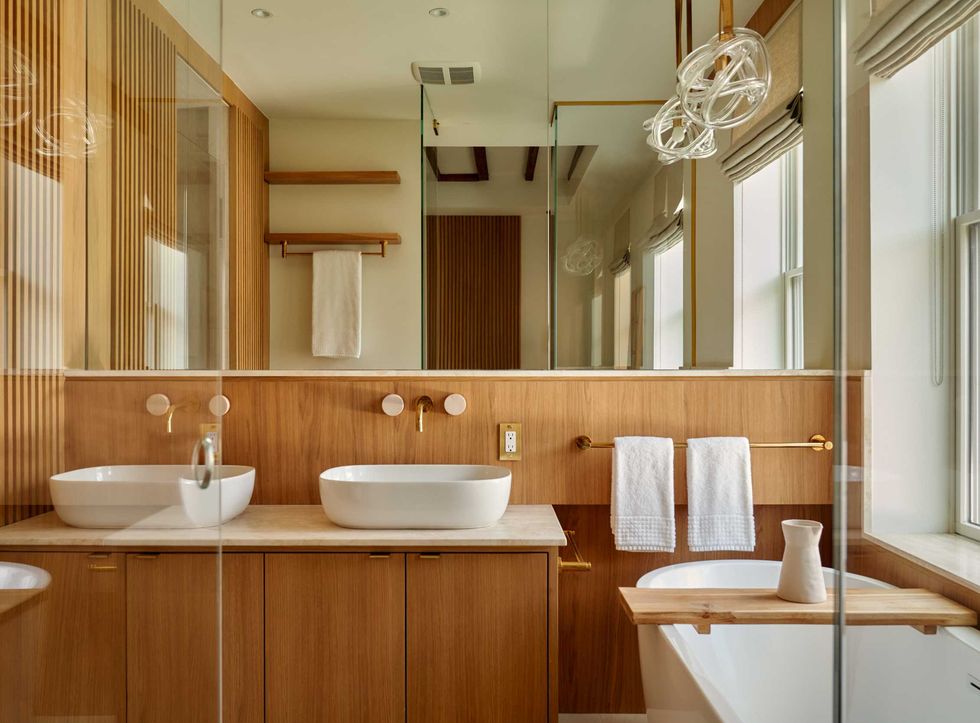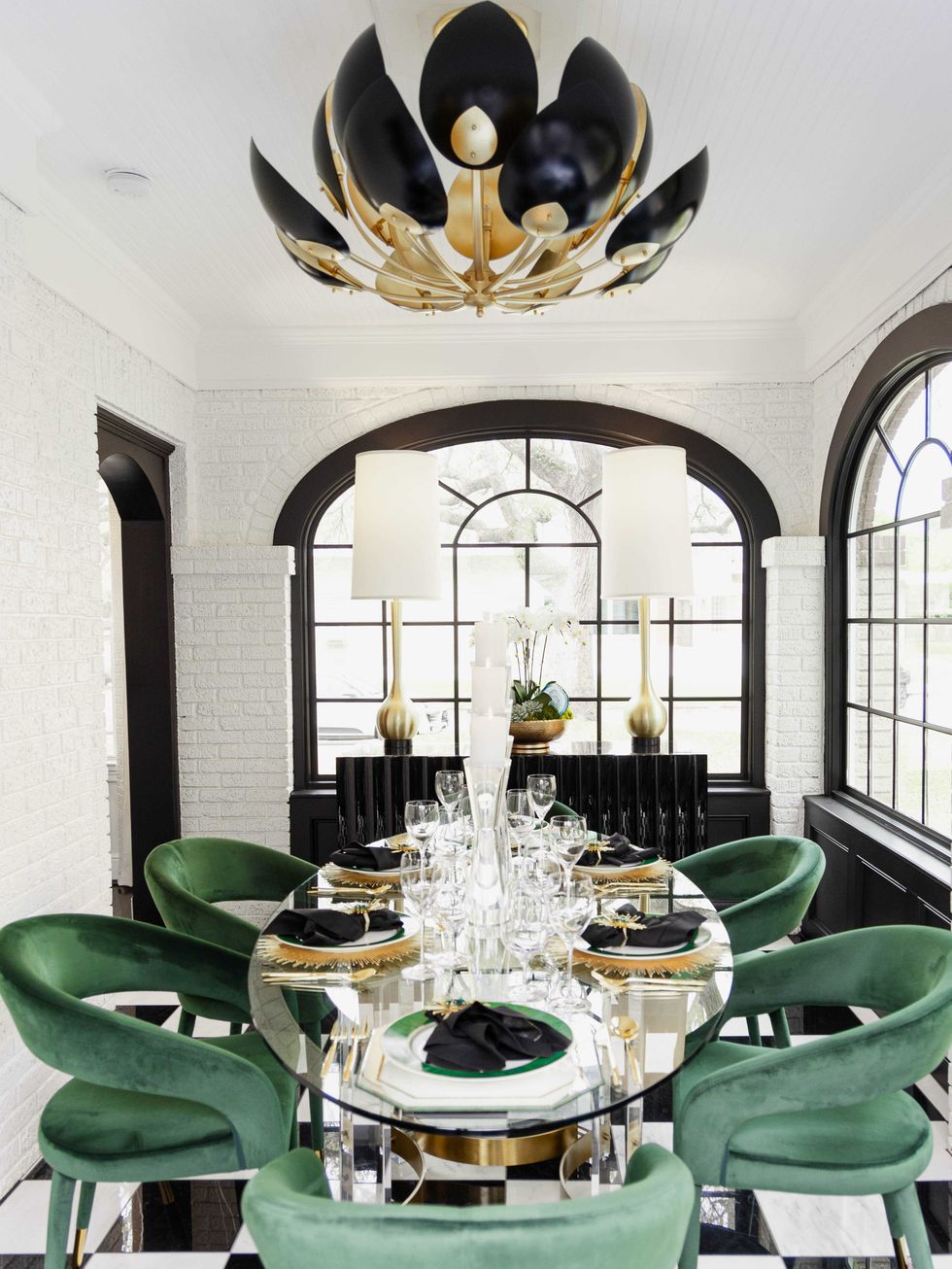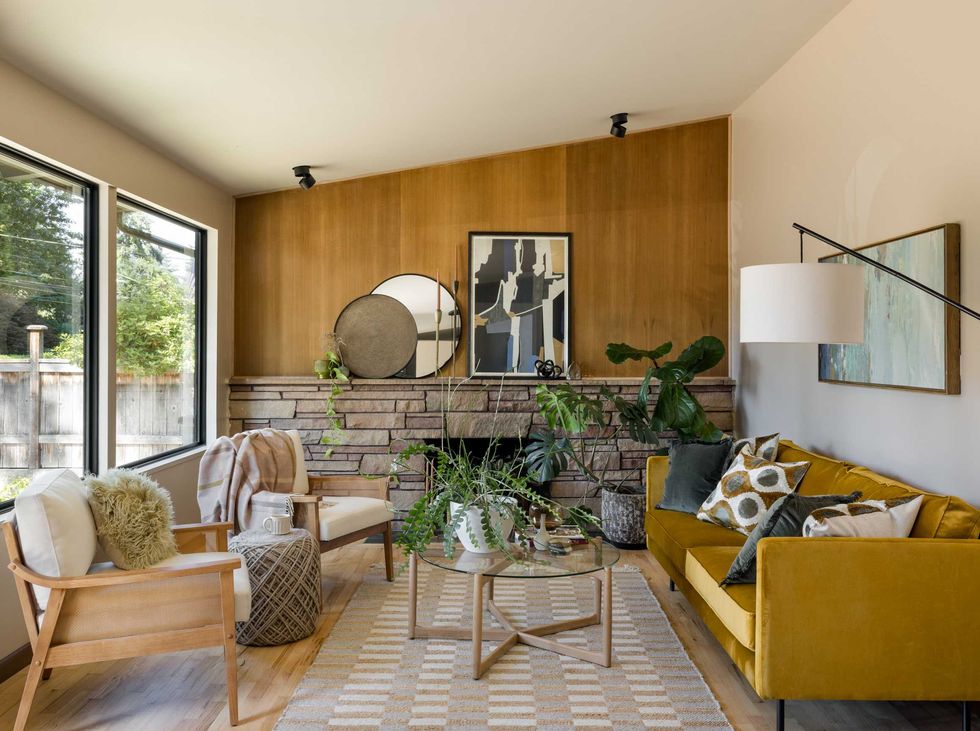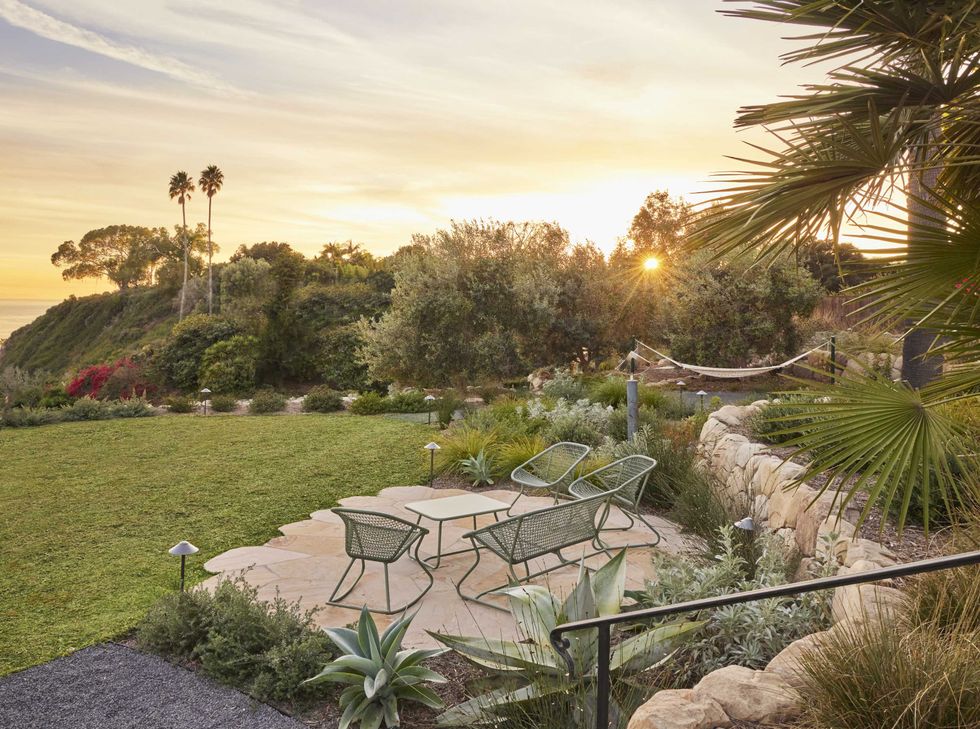Dallas Home Tour
Modern garden pavilion home takes root in East Dallas

After agents seized an old 1940s house and its neighboring lot in East Dallas during a marijuana raid, the property landed on a federal auction. The site was perfect for a local avid gardener (a more legal one), who snatched up both the house and the next-door lot for about $120,000 ($60,000 for each parcel).
Wanting to maximize the yard space, the owner tapped TKTR Architects to build a small, budget-friendly house that felt connected to the leafy lot — then rented out the old house next to it. Principal designer Thad Reeves, now of A Gruppo Architects, created a design that successfully anchors the house to the eclectic, bohemian neighborhood and establishes the site as unique — and for better reasons than its shady past.
Reeves worked with the client to develop the idea of a garden pavilion house with lots of glass and sliding doors. The small footprint, about 1,450 square feet, meant there wasn't too much design freedom for him to play with the layout; he was forced to create a stubby structure.
But Reeves smartly extended the form with overhangs and a large pavilion-style cedar roof that offers shade and makes the structure feel bigger. Triangular windows help emphasize the idea of a floating roof and let light into the second-floor bedrooms.
Reeves estimates that the total cost for the project was about $100 per square foot. The original owner has since moved, but the new homeowner, also an avid gardener, snatched up the house after contemplating building a small glass box of his own. Reeves' design was exactly what he wanted.
The current homeowner uses various bins to create a vegetable garden where he grows leafy greens, tomatoes, and peppers. He’s also a beekeeper. His yellow bee box is near the metal fence.
Edible Garden 101: How to Grow Salad Greens
The interior materials are pretty subdued — Reeves used brown Masonite panels and doors to keep things affordable and simple — so the architect thought the floor deserved some texture. It's concrete polished with a grinding wheel to expose the aggregate.
Reeves left the trusses from the second floor exposed to save money but also to add a raw feel to the house. “Usually people cover that with Sheetrock,” he says. “But I wanted the juxtaposition of polished and unfinished.”
Reeves calls the staircase area the lightbox. Polycarbonate panels cover a laminate veneer lumber frame. Not only would glass have been expensive, but the light would have been too intense and created too much heat gain inside. The panels help diffuse light and offer better insulation than clear glass. “We went with diffused light instead of views,” he says.
Buy a Long, Luxurious Sofa Just Like This One
Because there aren’t exterior plywood panels to keep the structure from shifting, X-bars provide lateral bracing. The treads are more laminate veneer lumber.
The flooring on the second floor is polyurethane plywood to help keep cost down. Reeves says the sheets came out to about $1 per square foot for materials plus labor.
To break up the light-diffusing panels, a glass window captures some outdoor views.
"In a house so small, you have to really think about where to place the windows," Reeves says. "In a small room, sometimes you only get one."
Triangular windows and a screened-in porch in the main bedroom help bring light in, while a strategically placed wall window extends directly out from the hallway to capture a sliver of a view, making the space feel bigger.
See More Wraparound Deck Designs
The cedar trellis roof extends to the back of the house, where a wraparound deck leads to a rolling green lawn. The exterior panels are gray Hardie boards, one of which is painted lime green.
Reeves says the biggest challenge was making the compact house feel spacious. Connecting the house to the leafy lot by sliding glass doors, smartly placed windows, and the diffused lightbox created the winning solution.
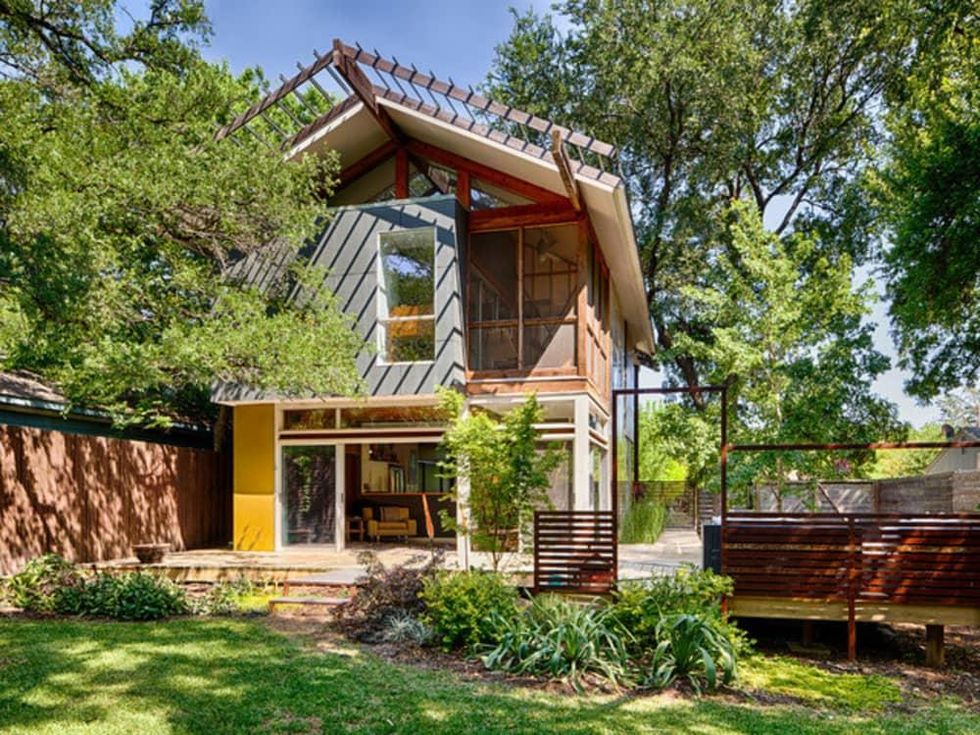

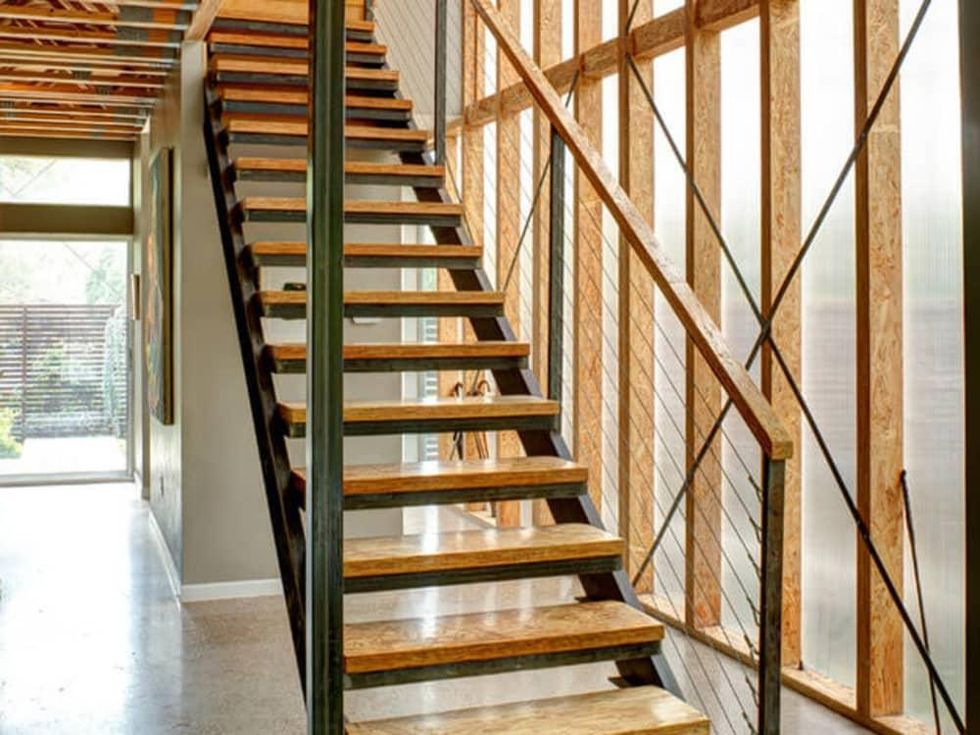
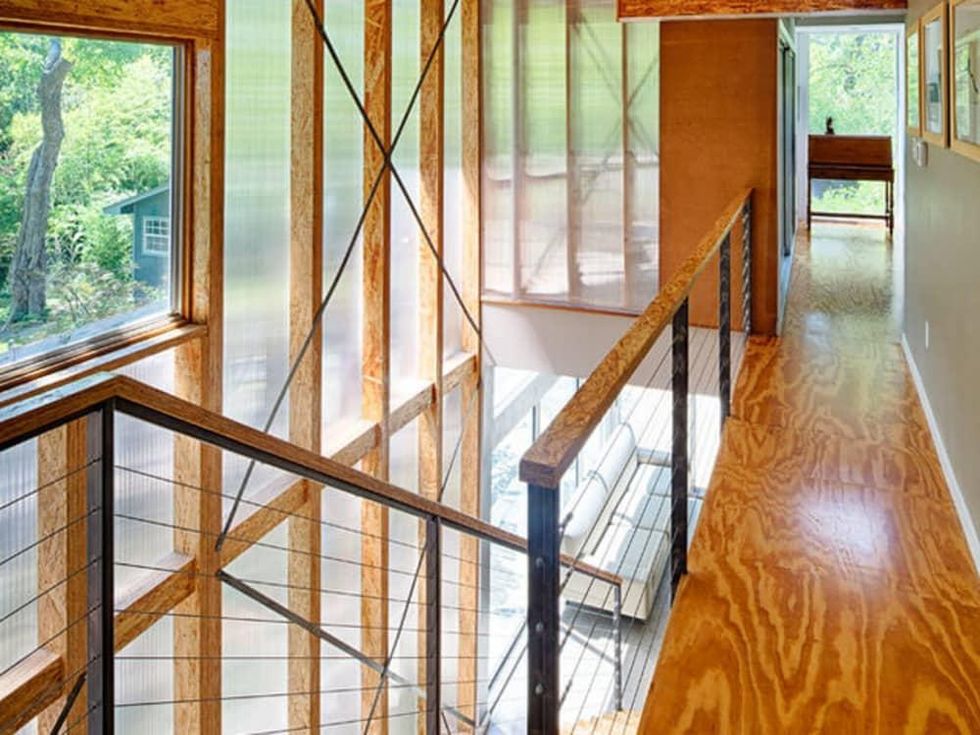
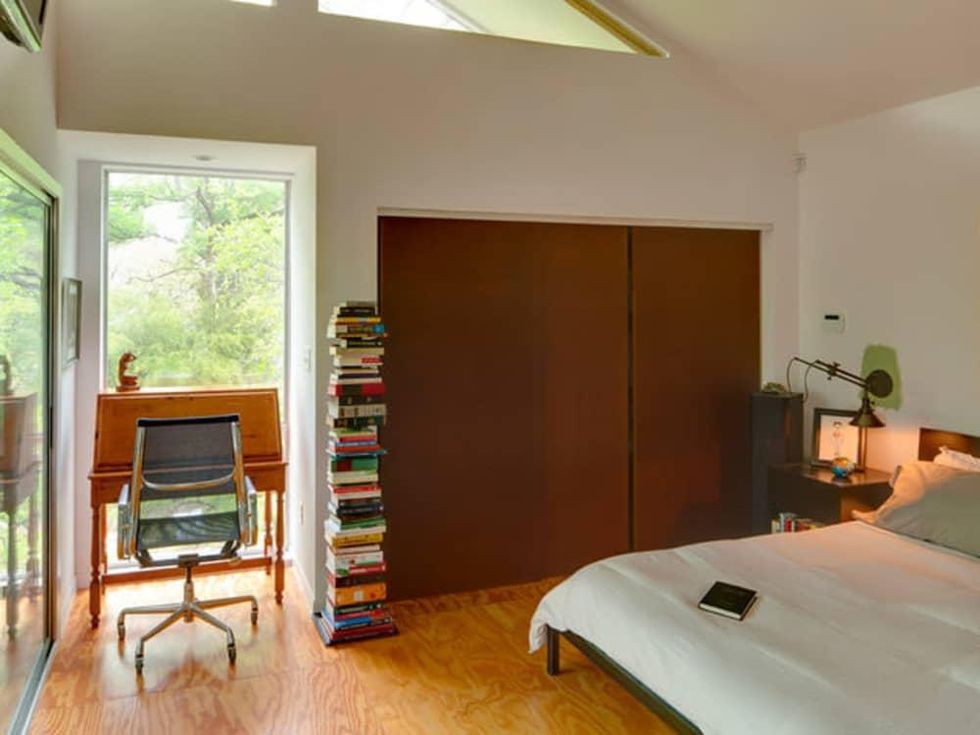


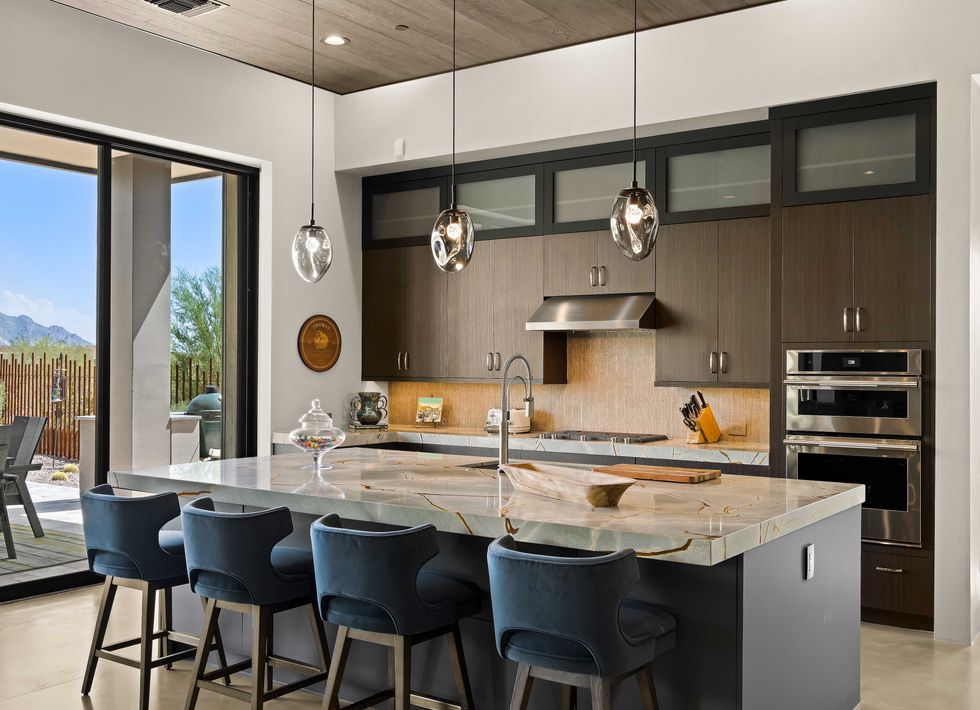 Flat-panel cabinetry provides a seamless look that is also practical for being easy to clean.Photo by JM Real Estate Photography / Celaya | Soloway Interiors
Flat-panel cabinetry provides a seamless look that is also practical for being easy to clean.Photo by JM Real Estate Photography / Celaya | Soloway Interiors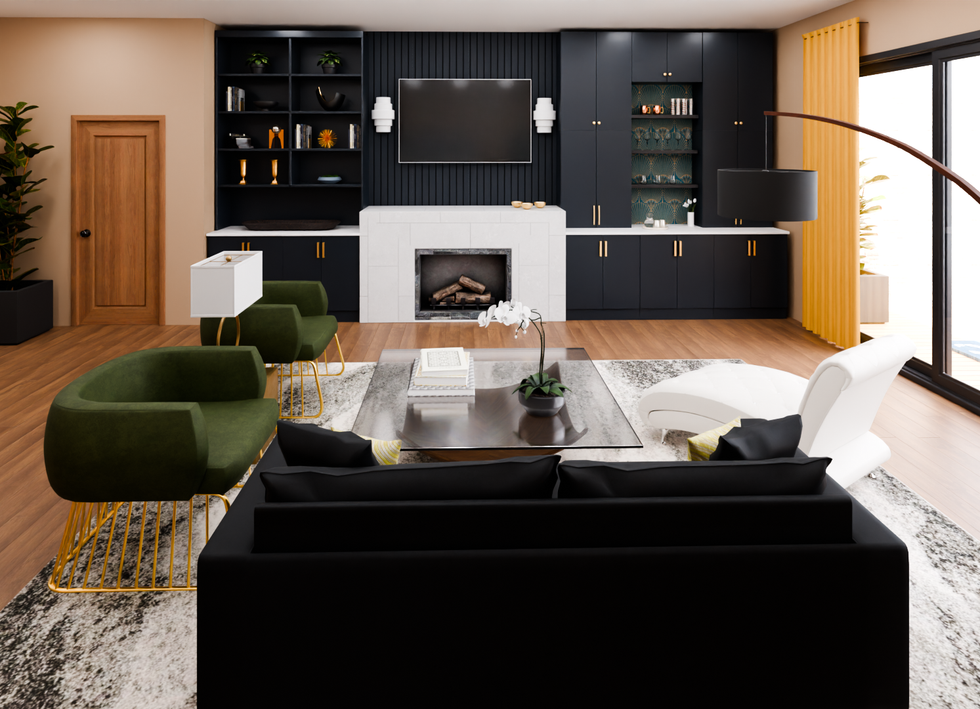 This built-in wall combines a bar with the fireplace, TV, decorative shelving, and closed storage spaces.Rendering courtesy of Houzz
This built-in wall combines a bar with the fireplace, TV, decorative shelving, and closed storage spaces.Rendering courtesy of Houzz